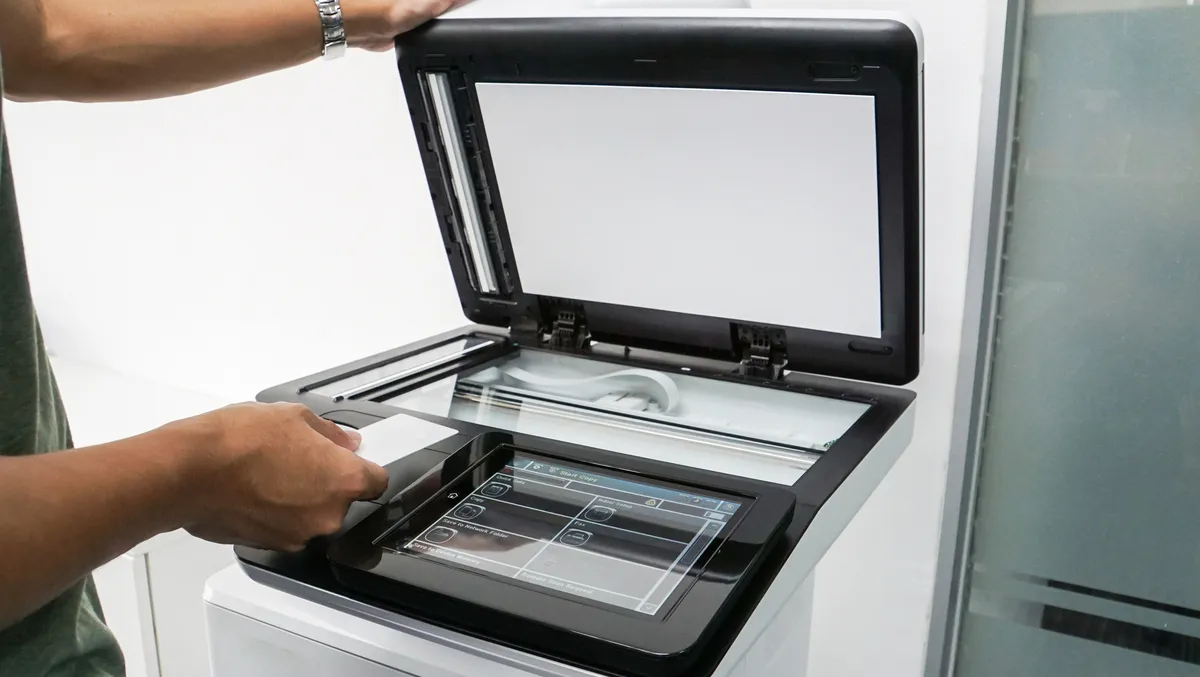
The often-overlooked cybersecurity risk: unsecured printers
Some of the biggest data breaches in Australian history occurred last year, with millions of Australians' confidential information stolen, shared, and sold on the dark web as cybercriminals exploited major corporations. The continued threat of malicious cyber activity should be a wake-up call for businesses of all sizes and industries, highlighting the growing need for up-to-date cybersecurity measures to proactively protect businesses from cyber breaches. One thing that is often overlooked across most sectors when it comes to cybersecurity is the importance of printed documents and the potential for unsecured printers to be exploited.
Cybersecurity is a high priority for all businesses. Cybercriminals are becoming more sophisticated, and while technology lets businesses be more efficient and provide better services, it's also a gateway that criminals can exploit.
Printers and multifunction devices are still considered essential technology for many sectors and businesses. However, they are often forgotten when it comes to implementing proactive security to prevent cyber breaches, making them the weakest link in the armour of an organisation.
When it comes to cybersecurity, organisations will often focus on their software, systems, and personal devices, such as laptops, tablets, and desktop monitors. Especially with many businesses now operating in a hybrid or remote capacity, the physical hardware used in offices, like printers and multifunction devices, often gets overlooked.
However, these devices can pose a significant cyber risk through:
- Connectivity to the internet and unrestricted remote access.
- Data and information stored in the hard drives of printers and devices.
- Intercepted data and information.
- Hacked printer functionalities, taking printers offline and causing business disruptions.
Printers that aren't properly secured, or simply aren't secured at all, can be a major liability for businesses. Cybercriminals can easily gain access to an entire organisational network through an unsecured printing device. Networked printers must be secured appropriately to help safeguard the business and provide an added layer of protection from cyber threats.
To help protect printing devices against threats, organisations need to consider what potential vulnerabilities could be exploited across different devices and look at how these risks could be mitigated. Businesses should invest in secure printing devices that offer additional security functionality such as remote monitoring, document encryption, user authentication, and port security.
Working with a provider that conducts rigorous cybersecurity testing can help to ensure products comply with the highest data privacy and endpoint security standards. This can go a long way towards better-protecting devices, networks, and entire operational systems.
Failing to account for printing devices as part of an overarching cybersecurity strategy can be devastating to organisations, especially as the threat of a cyberattack is not if but when. It's critical that businesses make an effort to strengthen the security of their devices, including printers, especially as the network of connected devices continues to expand with hybrid working environments.

